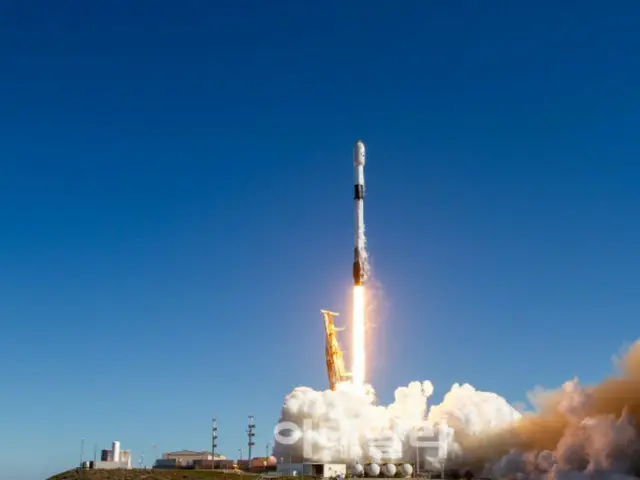The aircraft is an ultra-high-spec satellite equipped with optical and infrared equipment based on the multipurpose practical satellite Arirang 7. In the future, reconnaissance satellites are scheduled to have a wrap-up party. 2 out of 5 reconnaissance satellites
Units 5 to 5 are SAR satellites equipped with radar. These military reconnaissance satellites are being assembled and tested at Korea Aerospace Industries (KAI)'s Sacheon factory. KAI is versatile
Participated in the development of practical satellites No. 1 to No. 7. We are participating in space projects promoted by the Korean government over the past 30 years, including next-generation medium-sized satellites, geostationary orbit compound satellites, and purely Korean-made projectile development projects.
, has led to the commercialization of private space business in Japan. Based on this, KAI entered into a main body development contract with the Korea Aerospace Research Institute in November 2018 for the optical and infrared satellite, which is the first reconnaissance satellite.
The main parts and the satellite body were developed. It also plays a central role in reconnaissance satellite development, participating in joint system design, assembly, and testing.
Satellites equipped with electro-optical and infrared equipment can use visible light to directly image the ground, providing clear, high-resolution images.
You can get the page. However, as it is affected by the weather, ground reconnaissance is limited on cloudy days. This is why the South Korean military secures SAR radar in addition to optical and infrared satellites.
. SAR satellites emit electromagnetic waves to targets on the ground and synthesize the reflected signal data to create images, allowing them to observe the ground regardless of the weather.
Currently, the second SAR satellite is undergoing development test evaluation on the ground through a space environment simulation test facility. The test evaluation will be completed in February and will be completed in March.
Move to Cape Canaveral Space Force Base launch site in Florida, USA. After a month of wrap-up party preparation, the wrap-up party is scheduled to be held in early April. Satellite number 3 has also completed assembly of the satellite body.
We have begun evaluation of development tests. After completing development test evaluation around September, a wrap-up party is scheduled to be held in November. KAI also participated in the development of SAR reconnaissance satellites, increasing the South Korean military's surveillance and reconnaissance capabilities.
Contributing to improvement. Since November 2018, the company has been selected as the main manufacturer for the prototype production of the SAR reconnaissance satellite, which is being developed under the leadership of the National Defense Science Institute, and is currently developing the SAR satellite body.
These military reconnaissance satellites are high-performance medium- to large-sized satellites with a resolution of 0.3 meters to 0.5 meters, and have the world's highest level of performance, allowing them to confirm even the type of vehicle. 1 light
The South Korean military plans to conduct reconnaissance of North Korea every two hours using infrared satellites and four SAR satellites. A pre-emptive strike system that detects and responds to signs of provocation by North Korea, the so-called kill system.
Responsible for the role of "eyes" of the chain (Kill-Chain). Furthermore, the South Korean military is also progressing with the development of micro-SAR satellites. Currently, the National Defense Science Institute is developing micro SAR satellites and projectiles.
It's under development. On the 5th of last month, the South Korean military conducted a test launch of a prototype micro-SAR satellite mounted on a solid fuel-based space launch vehicle. Theoretically, if 32 small SAR satellites were to have a wrap-up party, North Korea would send them every 30 minutes.
You can scout around the Korean peninsula, including North Korea. The South Korean military plans to carry out a wrap-up party of about 40 small SAR satellites.
KAI concluded a contract with the National Defense Science Institute in May of last year to detect ultra-small SAR.
"We are proceeding with the development of a surveillance satellite," and added, "In the future, mass production of microsatellites will contribute to the construction of a surveillance system that can spy on major areas of North Korea 24 hours a day."
2024/01/19 07:14 KST
Copyrights(C) Edaily wowkorea.jp 107

